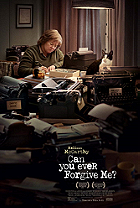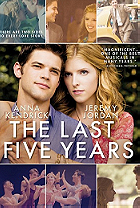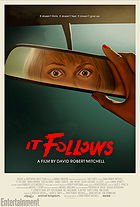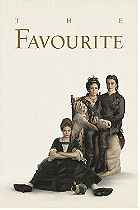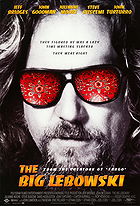If there’s subgenre of prestige filmmaking I’d happily never have to see again, it’s the feel-good movie about racism. It’s your movies like The Help, Driving Miss Daisy, the types that orientate the narrative about America’s racial strife around good hearted white liberals that solve the issue for the thankful black characters. Or, even more common and insidious, is the narrative of the redemptive white racist learning the error of their ways through the patience and friendship of a saintly black figure.
Behold Green Book, the latest entry in the middle-class white liberal’s favorite movie of the year. I mean, here’s a film where the white main character argues that he’s blacker than the actual black character, and we’re supposed to see this as a growing moment for him, a slow dawning realization that his casual racism needs to be reexamined and evaluated. It’s not shocking to learn that this comes sprung from the mind of Peter Farrelly, trying to go straight after decades of gross out frat bro humor, or that much of Green Book plays like a near parody of an Oscar bait film then pulls away and plays it all stony faced.
The ego stroking of its white tears is at least made endurable by the presence of Viggo Mortensen and Mahershala Ali in the main roles. Mortensen’s character is a dim-bulb prone to explosive outbursts of violence and gluttony, yet he manages to make the character tolerable, bordering on likable for long stretches of time despite the film’s framing of his machismo bullshit as heroic or noble. Ali has the harder task of making his character’s cloistered body language and stiffness as a recognizable body armor to shield against the never-ending assault of micro and macro aggressions. They form a bond that makes much of the reductive and sugar-coated film manageable even as Green Book would want you to believe that such kumbaya moments were common in America’s recent past.
 Login
Login
 Home
Home 95 Lists
95 Lists 1531 Reviews
1531 Reviews Collections
Collections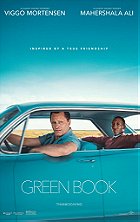
 0 comments,
0 comments, 